Must Know Essential Advice and Tips For Trekking in Nepal
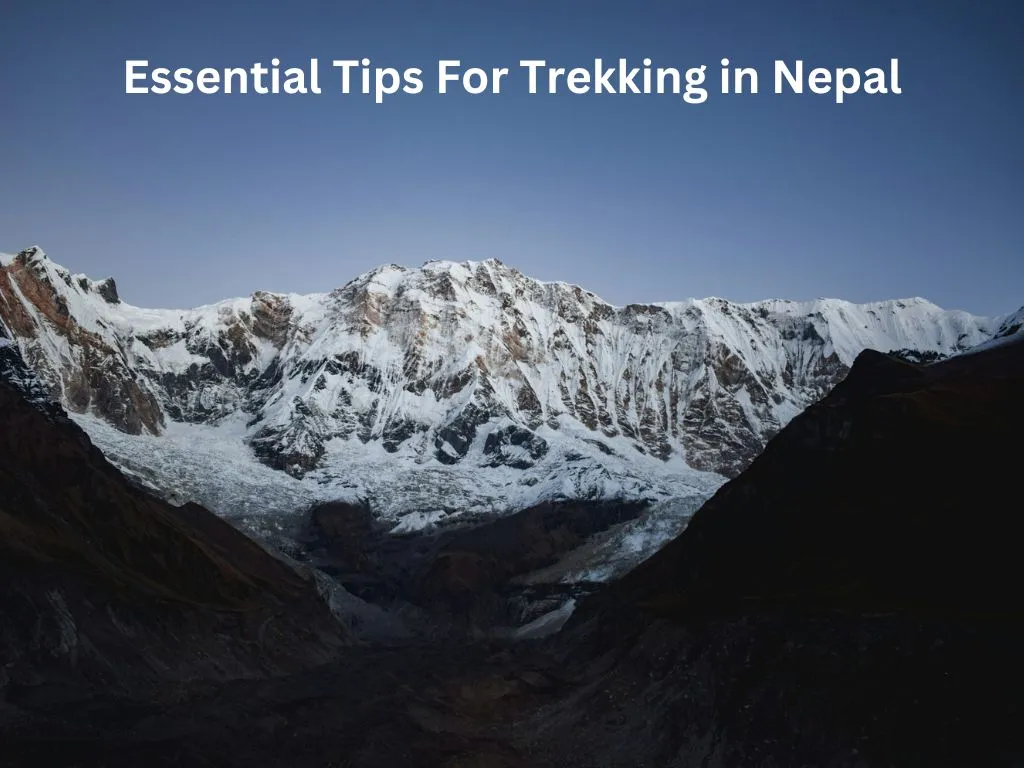
Trekking in Nepal is one of the world’s great adventures. However, there are multiple things to consider before setting off on the trail, whether alone or in a group, independently or with a team of guides. To make your preparation easier, I have put together some important tips for trekking in Nepal.
The tip is helpful for beginner trekkers or experienced trekkers planning their first trekking adventures in Nepal. Read and follow the listed tips that cover most of the main things you need to know before tackling one of the Himalayan trek routes.
11 Tips For Trekking In Nepal
Know Your Abilities and Experience
Before planning your trek in Nepal, it's crucial to understand your capabilities and level of experience. Trekking trails in Nepal vary widely in difficulty, ranging from gentle walks to strenuous climbs.
Prepare yourself for the trek. Do a short hike regularly as a part of your preparation before taking on the Himalayan regions of Nepal. Hiking regularly before the start of your trip will build up your muscular strength. You will learn how to balance yourself and react to unstable terrain. Training your body for trekking in Nepal is very crucial for your physical and mental endurance. Involve in physical exercises, strength training, and mental preparation prior to 1 month before embarking on a trek.
Take an honest look at your fitness level and hiking background. If you are a beginner trekker, consider starting with easy, short and affordable budget-friendly treks in Nepal to build confidence and stamina before tackling more challenging adventures
Preparing for All Weather Conditions
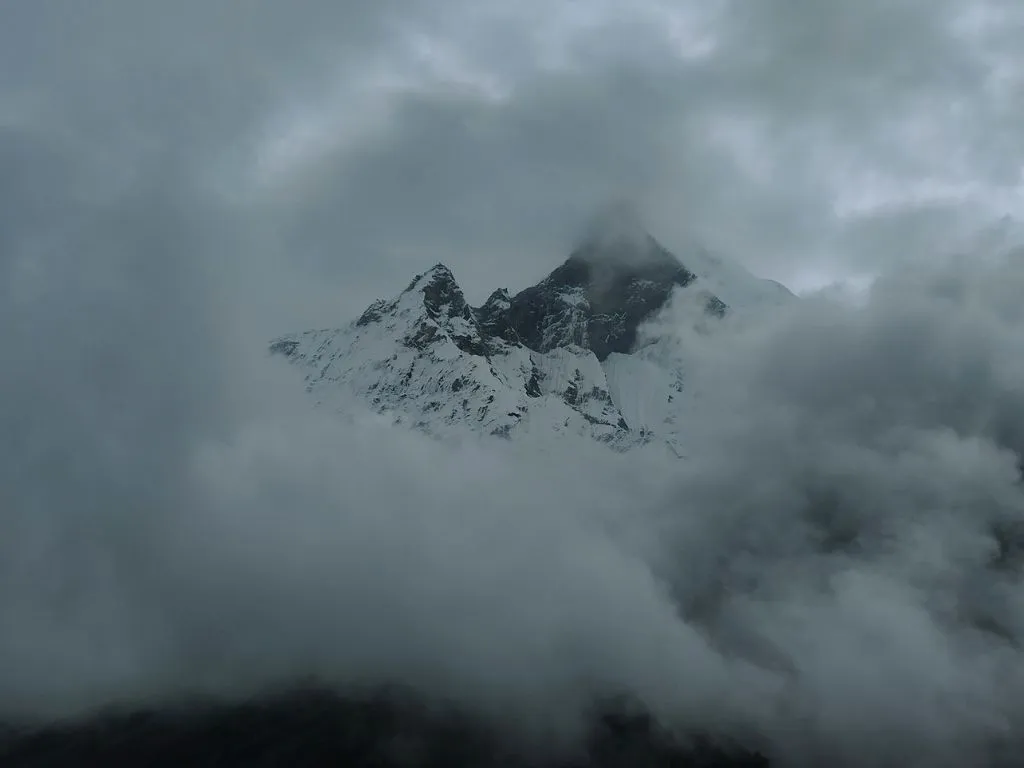
Nepal's weather can be unpredictable, especially in the Himalayan regions. Always be prepared for a wide range of weather conditions, including rain, snow, wind, and sunshine. Autumn season (September-November) and Spring season (March-May) are considered favorable and the best time for trekking in Nepal. Even trekking in these favorable seasons does not guarantee good climatic conditions throughout. It is very difficult to predict weather conditions in higher altitudes.
You have to be ready to face and walk in all the weather conditions. You cannot wait for the weather to be good as it is unpredictable.
Pack accordingly with layers of clothing, including a warm hat, gloves, and a waterproof jacket. By being prepared for all weather conditions, you will stay safe and enjoy your trekking adventure to the fullest.
Do Not Underestimate Altitude
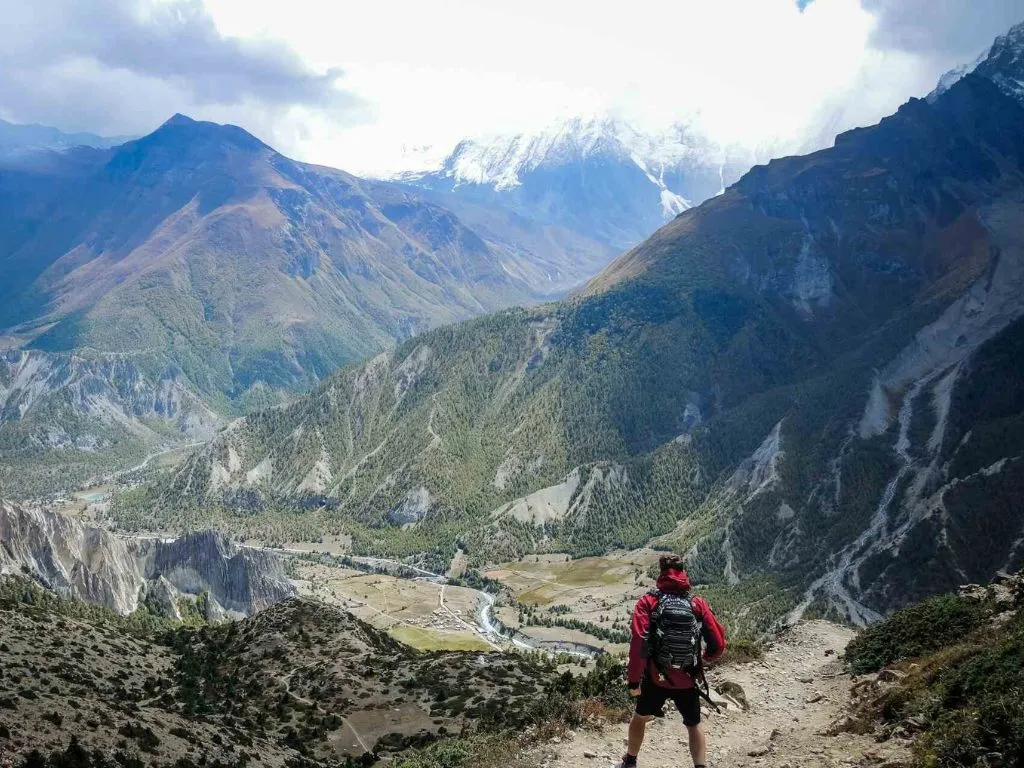
Altitude sickness can affect anyone, regardless of their fitness level or trekking experience. As you ascend to higher elevations, the air becomes thinner, making it harder to breathe. It is essential to acclimatize gradually by taking your time and allowing your body to adjust.
Even those who are physically fit and are a seasoned trekker will also feel the effects of altitude, but the severity might be low. Study and learn about Altitude Mountain Sickness (AMS) so you can know the symptoms early and take the necessary precautions.
Once you are above 3,000 m, only advance 300 m per day and ascend gradually to prevent altitude sickness. Be sure to take an extra day of acclimatization for every subsequent 1,000 m.
Altitude sickness can affect anyone, regardless of fitness level, so it's crucial to understand the risks and how to prevent it. For an in-depth guide on managing altitude sickness, check out my complete guide to altitude sickness while Trekking in Nepal.
Drink plenty of water, avoid alcohol, and listen to your body's signals. Make sure you have an acclimatization day in your trek itinerary. If you start experiencing symptoms like headaches or dizziness, it's crucial to descend to lower altitudes immediately.
Choose a Reliable Trekking Agency
Booking with a reputable trekking agency is essential for a safe, enjoyable, and memorable trekking experience in Nepal. Good trekking companies in Nepal will provide experienced guides, necessary permits, and support throughout your journey.
Research different agencies, read online reviews across various platforms, and ask for recommendations to ensure you choose a reliable one. Trekking with a reputable agency will give you peace of mind and enhance your overall experience.
Pack Only What You Need
Packing light is one of the important tips for trekking in Nepal. Remember, you will be carrying your backpack for hours each day, so pack only what you need. Opt for lightweight and versatile clothing suitable for layering, as temperatures can vary greatly throughout the day.
Be a minimalist while packing. Packing the extra luxurious items might seem like a good idea but your legs and back won’t thank you for it later. The less you carry, the more you will feel comfortable throughout the trek.
Don't forget essentials like hiking boots, thermals, and a waterproof jacket. Leave unnecessary items behind to lighten your load and make your trek more comfortable. Planning a proper packing list for trekking in Nepal is very crucial for your trek journey.
Listen to Your Guide and Plan Ahead
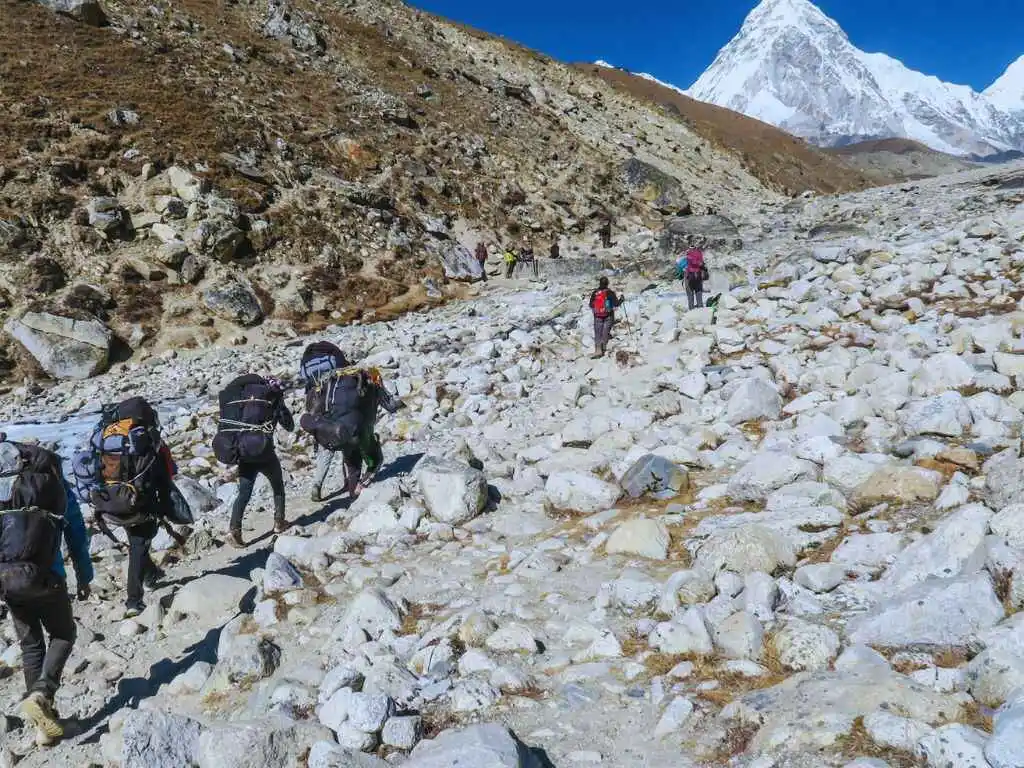
Your trekking guide is your leader on the trail, providing valuable insight and support. Listen to their advice, follow their instructions, and don't hesitate to ask questions.
Your safety should always come first when trekking in Nepal. Whether it's managing unpredictable weather or handling emergencies, a guide provides an extra layer of security. Here are 12 reasons to hire a trekking guide in Nepal that can enhance your safety during your adventure.
Before starting your trek, plan your route and itinerary carefully, considering factors like weather conditions and acclimatization days. Proper planning and communication with your guide ensure a safer and more enjoyable trekking experience.
Respect Local Culture
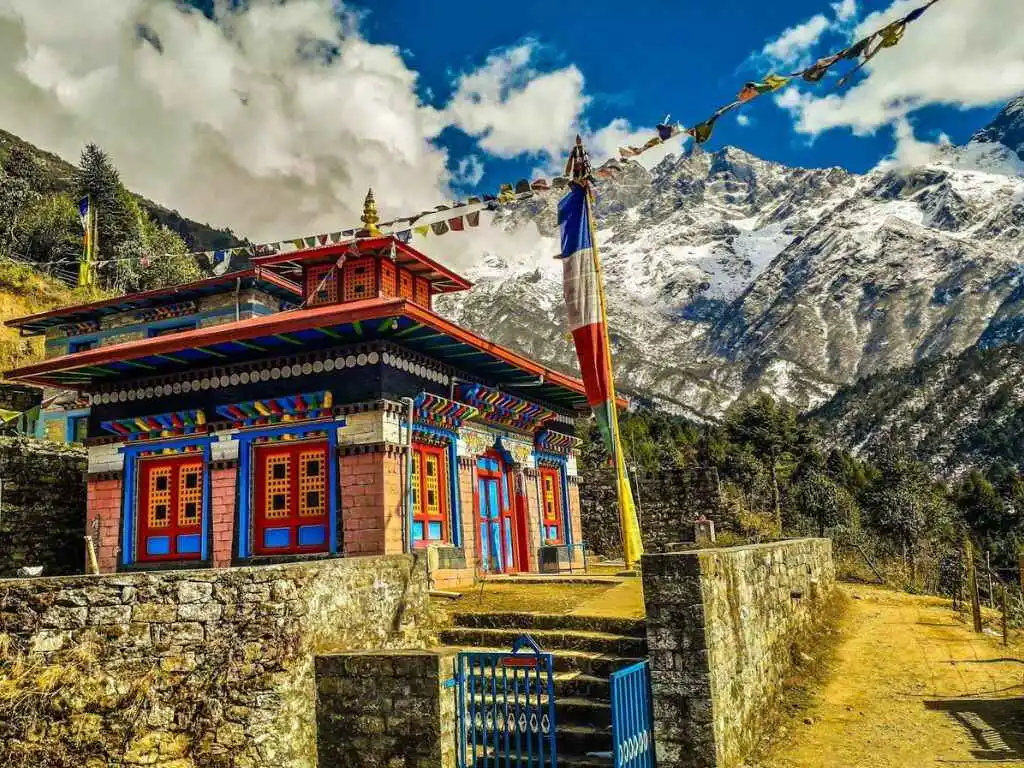
Nepal is a culturally diverse country with rich traditions and customs. Be respectful when entering monasteries and teahouses, dress modestly, ask for permission before taking photographs of people or children, and be mindful of your actions. Understand that for most of the local communities, the mountains are sacred and hold a significant value in their culture.
Talk to local people and ask them questions about their traditions, customs, and their ancestral history. The teahouse owners and staff, guides, porters, and local yak or mule drivers, are always happy to chat, give you suggestions, and share some of their stories of living in the Himalayas.
Learning a few basic Nepali phrases and greetings like "Namaste" and "Dhanyabad" can create positive interactions with the local people. By respecting the local culture, you will enrich your trekking experience and leave a positive impression.
Do Not Expect Luxury on the Trail
Trekking in Nepal is a remote and adventurous experience. Do not expect luxury accommodations or amenities along the way. Tea houses and small lodges in remote Himalayan villages provide basic and comfortable lodging, often with shared bathrooms and communal dining areas.
You will get small rooms with small shared beds, a pillow, and a blanket which is enough for you to keep warm. If you are trekking in the winter season, make sure to carry a sleeping bag. You may not have options for attached washrooms as you climb up the elevations.
Leave No Trace Behind
Preserving the environment is everyone's responsibility. Always follow the principles of "Leave No Trace" by packing out all your trash, disposing of waste properly, and respecting wildlife and vegetation.
Stick to designated trails, avoid disturbing wildlife, and respect the natural beauty of the mountains. Responsible trekking encourages an approach where trekkers prioritize the environment and minimize negative footprints.
Take Enough Cash and Utilize it Well
Another essential trekking tip is to carry enough cash with you. As expected, there are no ATMs along the trails in the Himalayas (except at Namche Bazaar and Dingboche in the Sagarmatha National Park). So that means you need to have an estimate of exactly how much money you will need and carry it with you. It can be difficult to estimate how much you will need and the general rule is to take too much rather than not enough.
Budget wisely for meals, accommodation, permits, and any additional expenses along the way. You will need to pay extra money for charging your gadgets, using Wi-Fi, and taking a hot shower too. You even have to pay to fill your bottle with warm water. Similarly, you may want to buy some locally-made souvenirs on the trek.
Consider using a money belt or hidden pouch for added security although theft is rare in the Himalayan trekking zones. By managing your costs effectively, you will ensure a stress-free trekking experience without worrying about running out of money.
Start Trek Early
Begin your trek early in the day to maximize daylight hours and avoid hiking in the intense midday sun. Hiking early will help you reach your next destination early and you will have more time to explore the place.
Early starts also allow for more rest breaks and acclimatization stops along the way. Plus, you will have a better chance of securing accommodation at tea houses before they fill up for the night. Enjoy the peace of the morning mountains and set off on your adventure with great passion and energy.
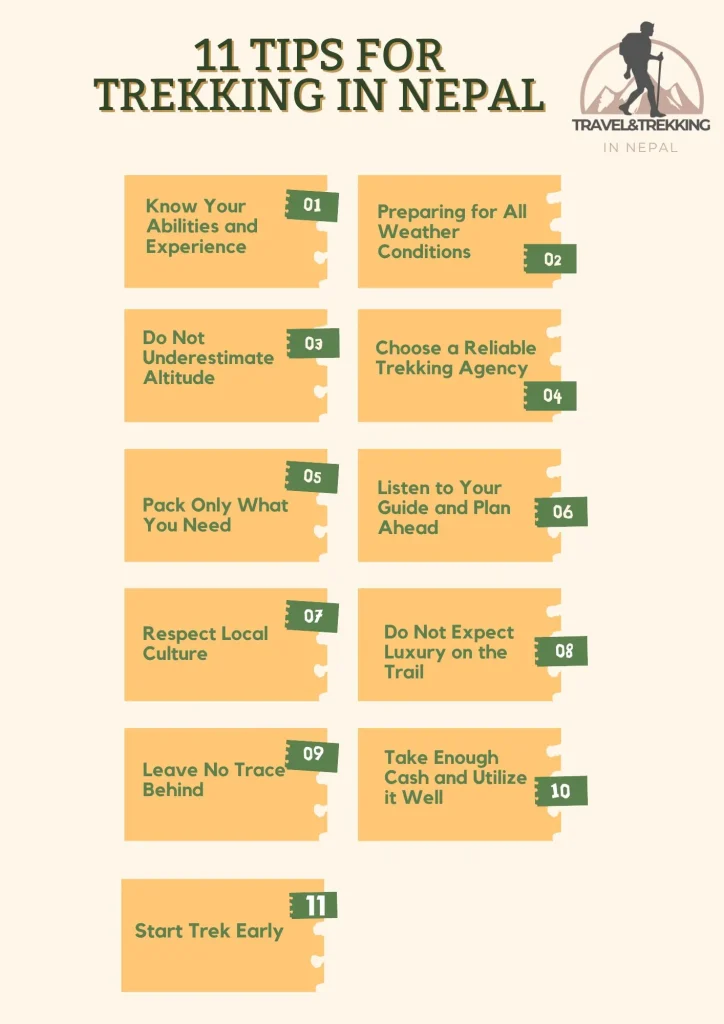
Conclusion
Trekking is a once-in-a-lifetime experience in Nepal that offers breathtaking landscapes, rich cultural encounters, and unforgettable adventures. By following these essential guidelines and tips for trekking in Nepal, you will be well-prepared to start your trekking journey and create memories that will last a lifetime.
